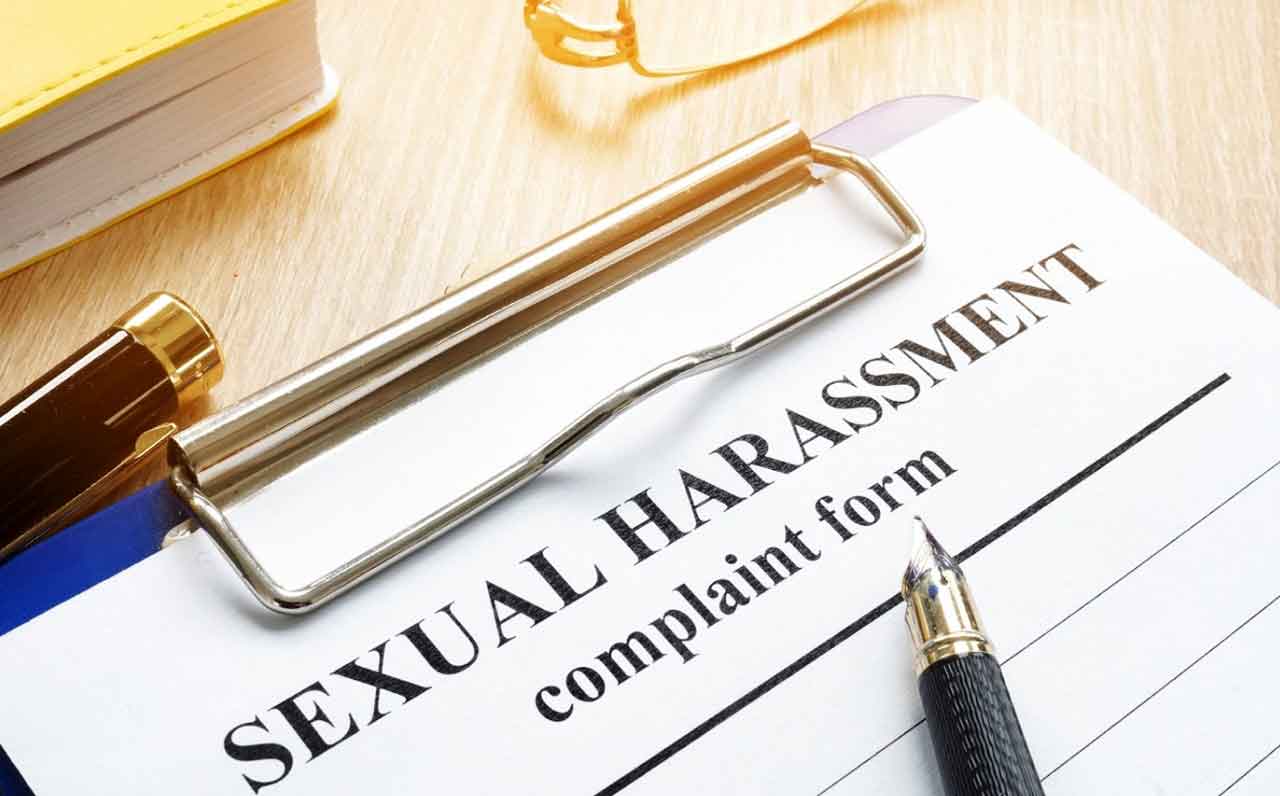While there are already so many safeguards in place against harassment, this doesn’t mean that harassment cases no longer exist. There are still so many workplaces that have a blatant disregard for the safety and welfare of their employees.
If you’re experiencing harassment in your place of work, it’s important to know how to handle it properly. This means knowing what your recourse should be. Remember that you have the right to stay safe in your job, so if your boss or anyone in your workplace makes you feel otherwise, then you shouldn’t hesitate to take legal action if needed.
While this may be a sensitive matter for some, it’s important to bring it up in order to prevent similar cases of harassment from occurring in the future. Read on for some tips on how you can handle the issue in the best way possible.
- Understand The Different Types Of Harassment
The form of harassment most people are already aware of is sexual harassment. This can include physical touches or vulgar comments about sexuality, gender, or conduct. However, the truth is that this isn’t the only type of harassment there is. There are many others such as verbal, physical, and even religious harassment.

When you’re aware of the different types of harassment that can happen in the workplace, this will allow you to identify whether or not your claim falls under any of them.
- Make Use Of The Resources You Have
When you’re employed as a part of an organization, there’s such a thing as an employee handbook. This can help shed light regarding what constitutes harassment in the workplace and what doesn’t. In most cases, the employee handbook will also indicate the rights you have in case you suffer from workplace harassment.
This is a good resource for you to have as it can help solidify your claim. Most importantly, this can be used by your harassment attorney as a basis for determining which of your rights were violated in the workplace.
- Report It Immediately
Once harassment happens, it’s important for you to immediately report it to your boss or superior in writing. They have to be notified about it for it to be acted upon. Otherwise, the company may not be held legally responsible. The process is similar to when a workplace accident occurs and you’d like to claim compensation for it. You won’t receive anything if your superior hasn’t been properly informed of the situation.
Apart from letting your boss know what happened, check your employee handbook again so you’re aware of the procedures that have to be followed in cases like yours. Once the written complaint to your employer is completed, be sure to keep a copy of it to serve as proof once the time comes for you to bring your case to court.
- Determine The Appropriate Time To Resign
If you repeatedly experience harassment to the point that it’s starting to affect your productivity and ability to work, then you have the right to resign from your job. No matter how high your salary might be, you don’t need to stay in an environment where you no longer feel safe and comfortable.
However, this doesn’t mean you can just leave right away. You also need to give your employer adequate notice of your plan to resign as they’re still entitled to this, so submit your resignation letter accordingly.
- Write Everything Down
Right after experiencing harassment, it’s a must for you to write everything down, especially if it happens more than once. Don’t rely on your memory. Remember that it can be easy to forget specific places, times, and circumstances surrounding every instance.
Be as accurate with your records as possible. Doing so will give you and your lawyer a good chance to substantiate your claim and support it with enough facts.
- Be Prepared To Handle A Layoff
Before you can even resign, it’s possible that the company will decide to lay you off. Hence, this is also something you have to be prepared for. Perhaps it’s in the best interest of everyone in the team, yours in particular, for you to leave the organization. Although you don’t have to fight against it, keep in mind that you still have employee rights.
During your layoff, you should be aware of the benefits you’re entitled to before you officially leave your workplace. And remember that you’re still the victim here. Don’t let the layoff turn the situation around.
Conclusion
All these considered, the most important takeaway here is that it’s important to act upon harassment in the workplace immediately. Remember that this can affect you and your career in so many ways. While you may not have been able to stop the harassment from happening, this doesn’t mean you don’t have any control over what will happen afterward. You can strengthen your claim by following the tips above.







